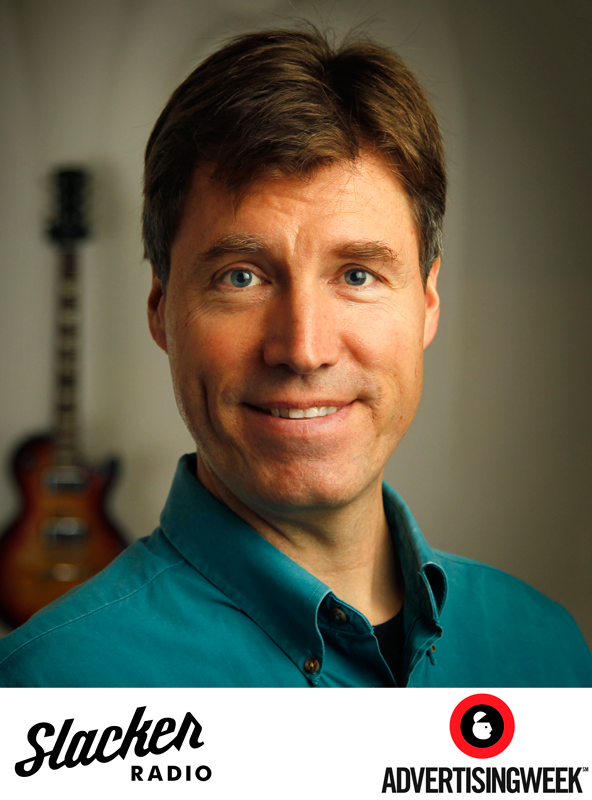 Robert Wilde is Vice President, Monetization for Slacker. He is one of four panelists on next week’s Advertising Week session, Internet Radio is Bigger than Facebook!? What it Means for Marketers. Below, Robert discusses how his career has taken him full circle from Musicmatch in 2000 to Slacker today with a decade in between focused on big data analytics at Yahoo!, AT&T and YP. He sees today’s large audiences on Internet radio as part of a long arc toward more personalization in audio delivery.
Robert Wilde is Vice President, Monetization for Slacker. He is one of four panelists on next week’s Advertising Week session, Internet Radio is Bigger than Facebook!? What it Means for Marketers. Below, Robert discusses how his career has taken him full circle from Musicmatch in 2000 to Slacker today with a decade in between focused on big data analytics at Yahoo!, AT&T and YP. He sees today’s large audiences on Internet radio as part of a long arc toward more personalization in audio delivery.
How did you wind up working in Internet radio/streaming audio industry?
Back in 2000 I begin working for Musicmatch – which created probably the first truly personalized streaming radio service in 2001. So it was an absolute joy to be able to return to the space in 2014 when I joined Slacker Radio.
What surprised you most when you first started working in the industry?
Fifteen years ago the industry was in a completely different place. The concept of a robust audio ad market, or that online streaming could challenge terrestrial radio wasn’t even a dream at that point. Even then, though, there was a clear consumer desire for radio that speaks directly to the listener.
What surprised you most when you first started working with advertisers?
I think advertisers are often in the difficult position of balancing the simplicity of a campaign with the promise of higher performance. This can be particularly challenging in an evolving space where there are multiple avenues of innovation, some of which may prove quite fruitful, but others that may require significant energy with little reward.
How have radio/audio advertisers changed in recent years? If so, how?
Awareness of the online audio medium continues to grow, including among small and medium advertisers, which also provides consumer benefits by creating a more diverse and targeted set of ad spots.
How is mobile changing advertiser objectives and approaches to campaigns and media buying?
Mobile is providing the stepping board to take streaming audio advertising to the next level. It’s accelerating the transition of Internet radio into the car, and the ubiquitous nature of the mobile device is opening tremendous opportunities in audio ad targeting. The rise of mobile (as well as connected home devices) and the corresponding relative decline of the desktop as a listening platform are cementing the audio ad’s primacy over the display ad within Internet radio.
What do you think are the most important trends in broadcast and Internet radio today?
The radio listener has always gravitated to radio that “speaks” to him or her. Among terrestrial radio listeners, the desire is manifested in loyalty to a specific station or program. Internet radio offers the opportunity to fulfill that consumer desire at a level that, even with the enormous strides in personalized radio over the last 14 years, is far from being fully realized. Personalization will continue to be the most critical trend in radio going forward.
What do you think will be different about advertiser perspectives on Internet radio / streaming services five years from now?
Five years from now advertisers will consider “Internet radio” synonymous with “radio” and advertisers will leverage the full capabilities that the platform enables: hyper-targeted profiling, audio interaction, user mood/task identification, and more opportunities for a personalized and interactive advertising experience mirroring the advances in personalization on the content front.
Related Posts
Advertising Week Panelist Spotlight: Carter Brokaw, iHeartMedia
Advertising Week Panelist Spotlight: John Rosso, Triton Digital
Join Us at Advertising Week – If Internet Radio is Bigger than Facebook, How Can Advertisers Make the Most of It?
